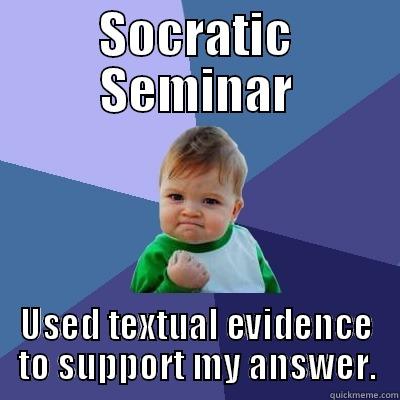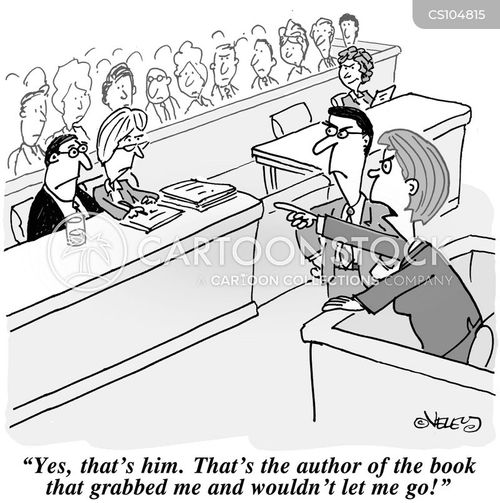
As a future English Language Arts teacher a main concern I have been battling within my mind is whether I will have time to form book clubs and independent reading time. Sometimes I tell myself: "Yes! Independent reading time is essential" other times I find myself saying, "how will I teach and still have time for independent reading time and prepare kids for testing?" (and then I proceed to cry internally about my future teacher struggles).

This chapter gave me tingles of excitement! Because, it made me feel like it is possible to have independent reading time and book clubs. I knew this was going to be a great chapter when I read, "We want our students to leave us with an enduring curiosity about our field, plus the motivation and the tools to continue the learning"(221). Thankfully, I had great English teachers while in school which left me with this exact feeling after I left high school. My high school teachers (and my mom who was also a teacher) always encouraged reading and writing throughout my life but also left me with a lifelong love for literacy. Even after high school I kept blogs, a writing journal, I review restaurants on Yelp! (Follow me here ;), I even wrote a novel at one point (which I sadly lost) and of course I read many different kinds of books in my free time. These are the type of things I want my students to find love in and continue to do even after high school. I had teachers who brought me up to the library and had me select a book for independent reading time; I had Mrs. Grant who would hold Socratic Seminars a couple of times a year; Mrs. Garces who would help use analyze novels and of course Mr. Occhi who would encourage us to keep writing.
What I truly loved about these chapters is how they explained step by step how to hold student's accountable. On page 228 there is a section where it explains how if you notice your students are struggling with a literary concept (Some examples could be: Theme, plot, contrasting texts, similes, etc.) you can actually teach a mini lesson. This also ties in with the CCSS in:




